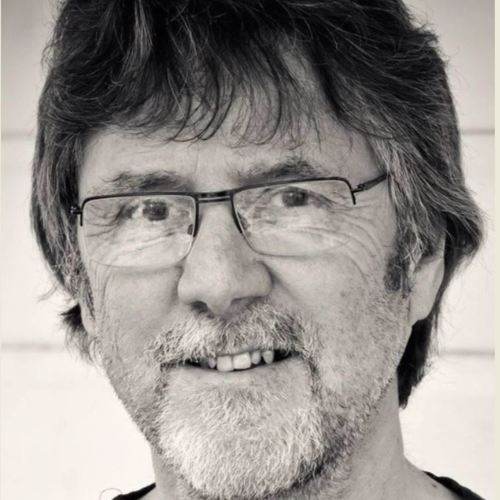Speaker: Clare O’Grady
Date: Monday 3 March 2025
Topic: Poor Relief and the Role of Overseers of the Poor
The talk provided an in-depth look into how poor relief was administered within the parish before the introduction of the modern welfare system. Clare O’Grady explained that the main responsibility for managing poor relief fell to the overseer of the poor, an unpaid position that could not be easily refused without incurring a fine. The role had three primary functions:
- Supporting the Impoverished: Overseers were responsible for assisting those who were unable to work due to illness, disability, or age. This was a crucial aspect of local governance, ensuring that the most vulnerable members of society were not left destitute.
- Providing Employment: Those who were able-bodied but unemployed were supposed to be provided with work. However, this was not always effectively enforced, especially in rural areas where suitable employment opportunities were scarce.
- Enforcing Settlement Laws: Overseers ensured that individuals only received poor relief from the parish where they had legal settlement rights. This often led to disputes and the forced relocation of individuals to their ‘home’ parishes.
The talk also covered the changes brought about by the Poor Law Amendment Act of 1834, which centralized and formalized poor relief through workhouses. Despite these changes, the office of overseer of the poor remained in place until 1925, as it continued to have administrative duties, including compiling jury lists for county courts.
Clare O’Grady highlighted the social attitudes towards poverty during this period, noting that there was often a stigma attached to receiving relief. The system was designed to differentiate between the ‘deserving’ and ‘undeserving’ poor, influencing policies that persisted well into the 20th century.
The discussion concluded with a reflection on how historical poor relief systems have shaped modern welfare policies, drawing parallels between past and present attitudes toward state-supported assistance.
This talk provided a fascinating insight into the historical mechanisms of welfare and governance, shedding light on an often-overlooked aspect of social history.


